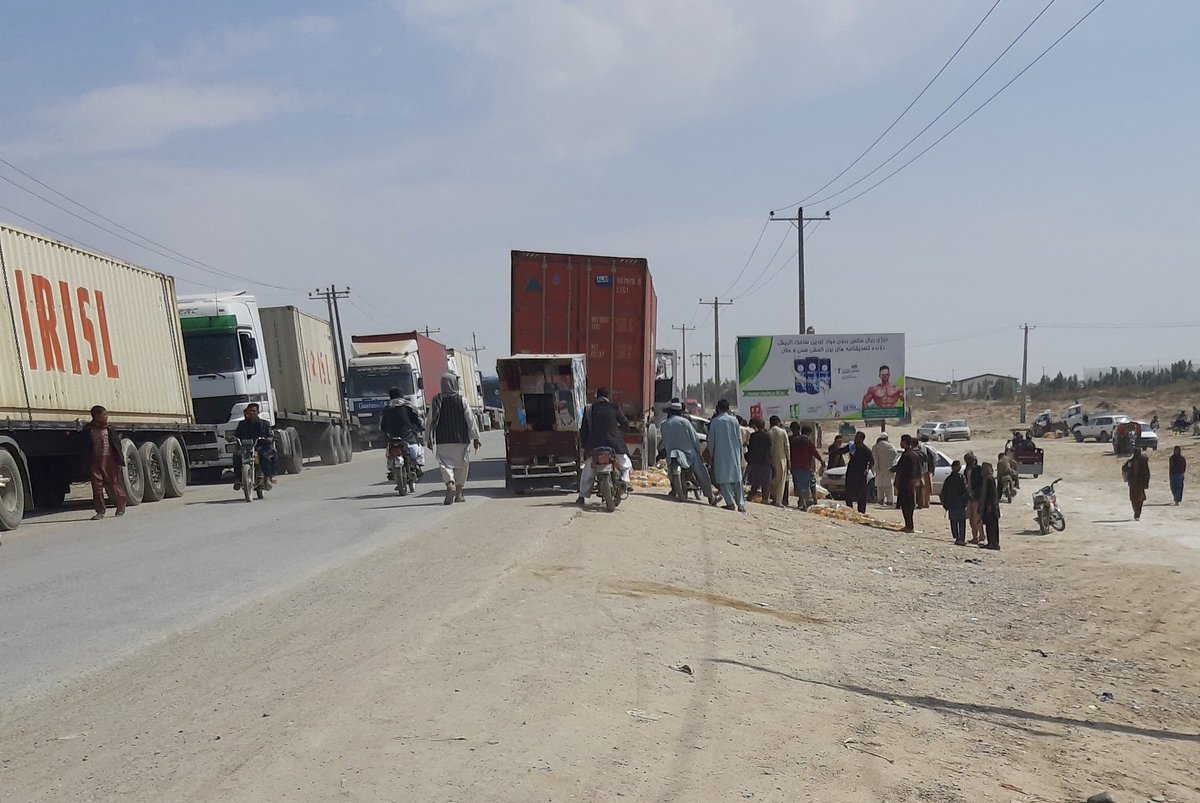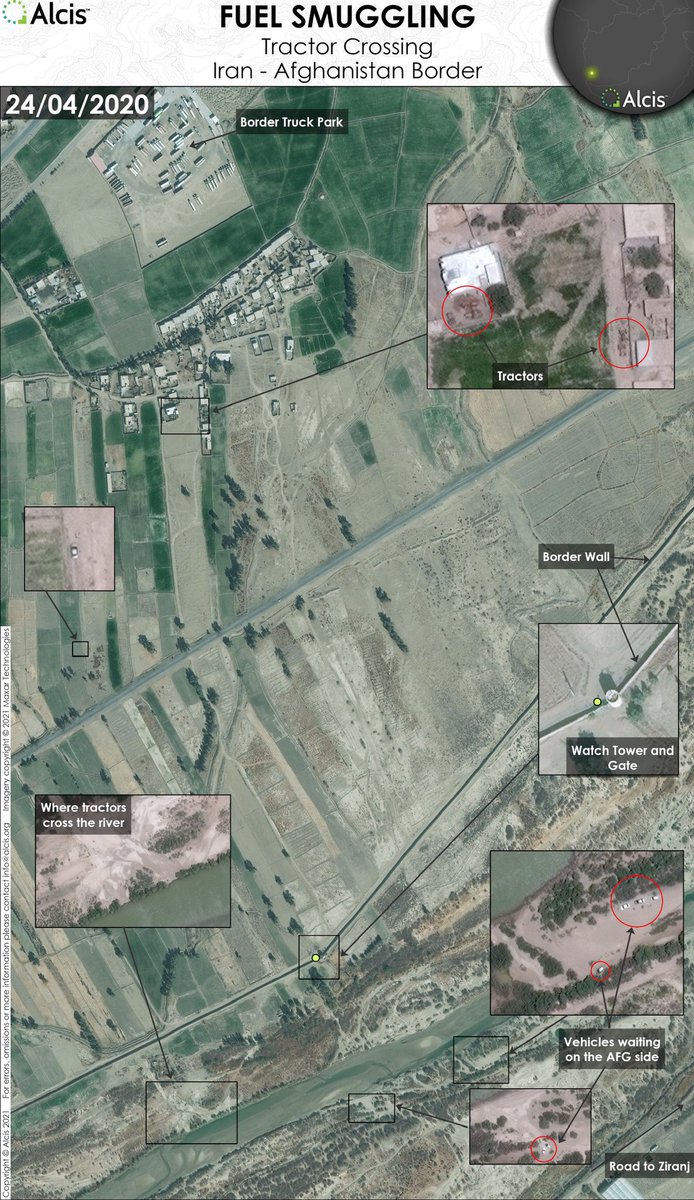
1. I dont think I have seen a report this confused for some time. Well possibly not since UNODC’s “is poverty driving the opium boom in Afghanistan” in 2008 (a report that argues the polar opposite of what @UNODC is claiming here).
https://twitter.com/unodc/status/1460654033891377164
2. It is not just the word soup (p7) “In view of the volatile security situation, protracted economic crisis & health emergency, the international community must urgently provide basic needs & services to the people of Afghanistan” (breath)…
3. …..” to promote sustainable reductions in illicit drug cultivation, production & demand” (& I suspect here is the rub) “as part of overall UN assistance”.
4. It is the mental gymnastics the authors go through to not mention the Taliban by name. It is surreal, especially given UNODC were at the heart of reporting on the Taliban’s earnings from the drugs trade & the ubiquitous (& inaccurate) 10% ushr claim. unodc.org/unodc/en/press… 

5. The report mentions “taxes on opiates representing a lucrative potential source of financing for non-state actors in country” & the now downgraded to 6% tax charged by “non state actors” (even though no one is running a VAT system in Afghanistan). areu.org.af/wp-content/upl…
6. There is even what might be a leftover reference to “insurgents” (Fig. 8) but there is not a single mention of the Taliban even though they are the defacto government or (as we had to refer to them in the UN in the 90s) the “presumptive authority”.
7. Even with the temporary price hike in August, in part a function of the Taliban’s announcement they would ban opium if development assistance was forthcoming, the report refers to the Taliban takeover as a “reaction to the changed political situation” & “continued uncertainty”
https://twitter.com/mansfieldintinc/status/1443584747276357637
8. There is no mention of the Taliban statement or past efforts to ban. Its as if there is no history (or history of UN narrative on drugs & Taliban).
In fact, the report misses the mark in so many places. Far too many to mention in a social media thread-even one of my long ones.


In fact, the report misses the mark in so many places. Far too many to mention in a social media thread-even one of my long ones.



9. Perhaps most of all on meth where speculation is exacerbated by error.
The claim that the ephedra “plant is bulky and it has been speculated that they may not be sustainable for large production” is odd when we consider the realities.



The claim that the ephedra “plant is bulky and it has been speculated that they may not be sustainable for large production” is odd when we consider the realities.




10. After all which is bulkier 45 kg of ephedra from the central mountains of Afghanistan required to make 1kg of meth or the 2,500 bottles of cough mixture, or perhaps the 30,000 cold relief tablets – both of which have to be imported. 





11. Is bulk really the issue in Afghanistan, surely cost and availability (particularly when borders are disrupted) are more important?
The speculation on whether meth will displace opium lacks substance claiming “there is little overlap with opium cultivation” in W Afghanistan.
The speculation on whether meth will displace opium lacks substance claiming “there is little overlap with opium cultivation” in W Afghanistan.
12. While ephedra comes from the high mountains where poppy doesn’t grow, once dried it is transported to SW where is milled & processed into ephedrine, then meth in the same areas where poppy grows (often using solar technology). Labs nearby process opium into morphine & heroin. 







13. These economies operate in parallel & in the same physical place. How is it that UNODC do not know this? There are plenty of reports documenting it. l4p.odi.org/resources/war-…
14. The failure to understand the relationship between poppy cultivation & food self sufficiency (p9), implying that a reduction in poppy would offer food security, is tantamount to neglect in the current environment when so many Afghans face such deep food insecurity.
15. We have long understood that one of the reasons farmers grow poppy is because they have insufficient agricultural land to grow enough food crops for their families; by growing and selling opium they can purchase what they need. This is development 101. openknowledge.worldbank.org/bitstream/hand…
16. The part on cannabis is another oddity, drawing on a 2012 survey (dropped cos it was unreliable) it states gross incomes were higher than for poppy in 2012, only to suggest cannabis remains “more profitable” than opium in 2021
17. (although the abandonment of cannabis in parts of Afghanistan due to low returns in 2020 & 2021 would suggest the contrary). afghanistan-analysts.org/en/reports/eco…
18. To not see that profit & gross income are not the same is worrying. But UNODC’s failure to account for costs & assess how income from the drugs economy are distributed among the Afghan population has been an issue for many years. areu.org.af/wp-content/upl…
19. One that has led to their distorted assessment of the “profitability” (or gross income as they actually mean) of the drugs economy & therefore the amounts that could be raised as tax by “insurgents”. 



20. Why does any of this matter? Well the UN & others call for evidence based policies. Only recently I sat a meeting on Afghanistan with various donors & international organizations where seniors argued “now was not the time for speculation, we needed evidence more than ever”.
21. Yet at a time when the population of Afghanistan is in a severe crisis & needs carefully considered & tailored responses we need the best assessment possible not the worst in over a decade full of old repackaged data, misunderstandings, speculation & error.
22. It fails to draws on any of the ongoing primary research in Afghanistan by organisations like @AANafgh @ODI_Global @L4P_Afghanistan @AREUafghanistan @CrisisGroup & so many others. It does not seem to have been reviewed for even the most basic of errors before publication.
23. This latest report is also far from “key for planning, implementing, & monitoring global counter-narcotic efforts”that is claimed. Rather it is the last thing planners & policy makers should reach for. We should demand better particularly at this time. @GhadaFathiWaly @UNODC
• • •
Missing some Tweet in this thread? You can try to
force a refresh






















